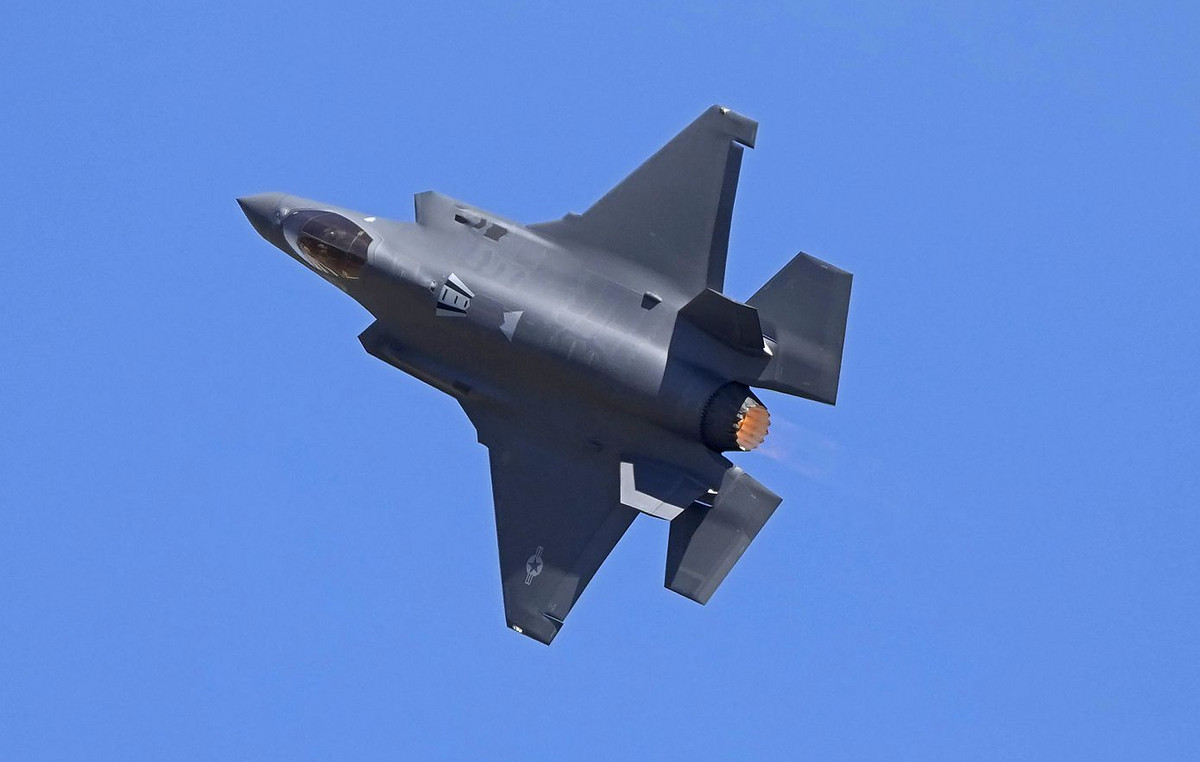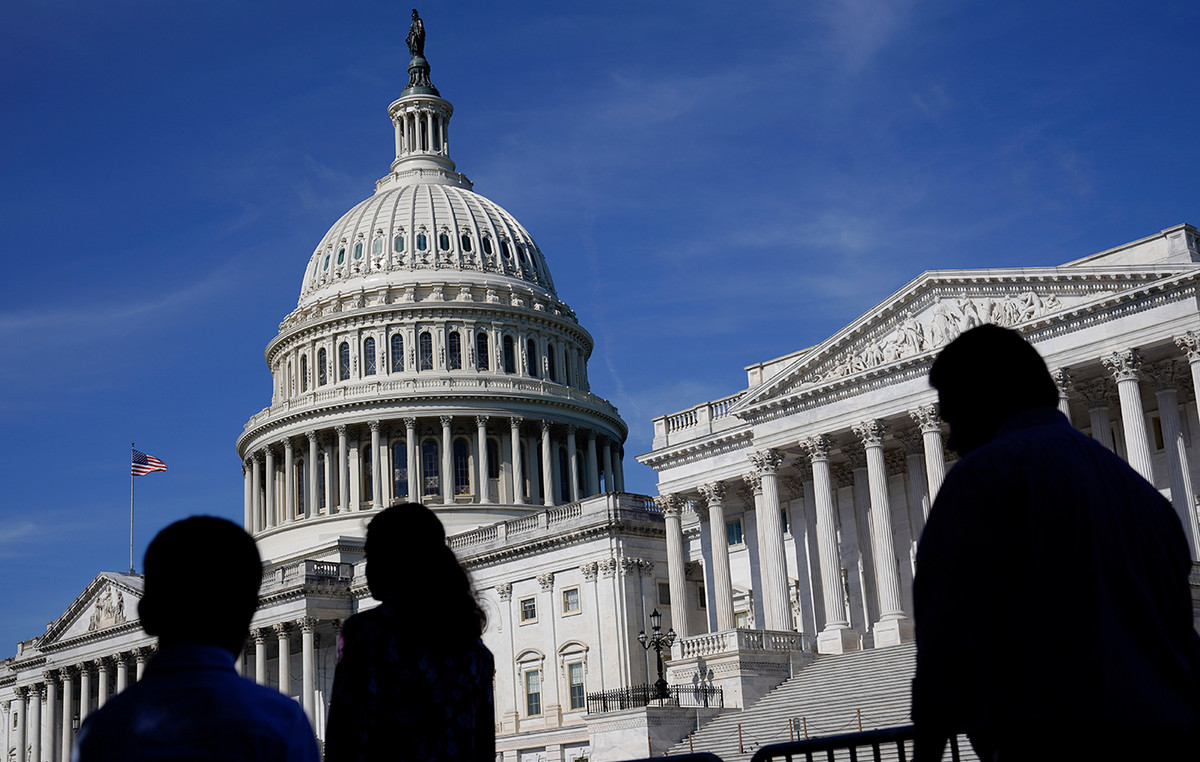- Gold price remains stable around $2,660 in the early Asian session on Friday.
- Safe haven demand and purchases by global central banks drive up the price of gold.
- The expectation of a slower pace of interest rate reduction in the US could limit the rise of the yellow metal.
The price of gold (XAU/USD) consolidates its gains near $2,660 after hitting a two-week high during the early Asian session on Friday. Safe haven flows amid geopolitical tensions provide some support to the precious metal. The US ISM Manufacturing Purchasing Managers’ Index (PMI) for December will be in the spotlight later on Friday. Additionally, Richmond Fed President Thomas Barkin is scheduled to speak.
Russia carried out a drone strike in kyiv early Wednesday, causing damage in two districts, while Israel attacked a Gaza City neighborhood, according to Reuters. Investors will closely monitor the development of geopolitical risks. Any sign of escalating tensions in the Middle East and Russia-Ukraine could boost the price of gold, a traditional safe haven asset.
The purchasing activities of central banks could contribute to the rise of the yellow metal. Global central banks bought 694 tonnes of gold during the first nine months of 2024. “We believe central bank interest will be a solid basis for purchases next year,” said Henrik Marx, global head of trading at Heraeus Precious Metals. , which expected gold to reach highs of $2,950 per troy ounce in 2025.
On the other hand, the slower pace of further rate cuts by the US Federal Reserve (Fed) could weigh on the non-yielding asset. The US central bank decided to lower interest rates in December, but signaled that borrowing costs will fall more slowly than expected this year.
Gold FAQs
Gold has played a fundamental role in human history, as it has been widely used as a store of value and medium of exchange. Today, apart from its brilliance and use for jewelry, the precious metal is considered a safe-haven asset, meaning it is considered a good investment in turbulent times. Gold is also considered a hedge against inflation and currency depreciation, since it does not depend on any specific issuer or government.
Central banks are the largest holders of Gold. In their aim to support their currencies in turbulent times, central banks tend to diversify their reserves and purchase Gold to improve the perception of strength of the economy and currency. High Gold reserves can be a source of confidence for the solvency of a country. Central banks added 1,136 tons of gold worth about $70 billion to their reserves in 2022, according to data from the World Gold Council. This is the largest annual purchase since records exist. Central banks in emerging economies such as China, India and Türkiye are rapidly increasing their gold reserves.
Gold has an inverse correlation with the US Dollar and US Treasuries, which are the main reserve and safe haven assets. When the Dollar depreciates, the price of Gold tends to rise, allowing investors and central banks to diversify their assets in turbulent times. Gold is also inversely correlated with risk assets. A rally in the stock market tends to weaken the price of Gold, while sell-offs in riskier markets tend to favor the precious metal.
The price of Gold can move due to a wide range of factors. Geopolitical instability or fear of a deep recession can cause the price of Gold to rise rapidly due to its status as a safe haven asset. As a non-yielding asset, the price of Gold tends to rise when interest rates fall, while rising money prices tend to weigh down the yellow metal. Still, most of the moves depend on how the US Dollar (USD) performs, as the asset is traded in dollars (XAU/USD). A strong Dollar tends to keep the price of Gold in check, while a weaker Dollar is likely to push up Gold prices.
Source: Fx Street
I am Joshua Winder, a senior-level journalist and editor at World Stock Market. I specialize in covering news related to the stock market and economic trends. With more than 8 years of experience in this field, I have become an expert in financial reporting.







